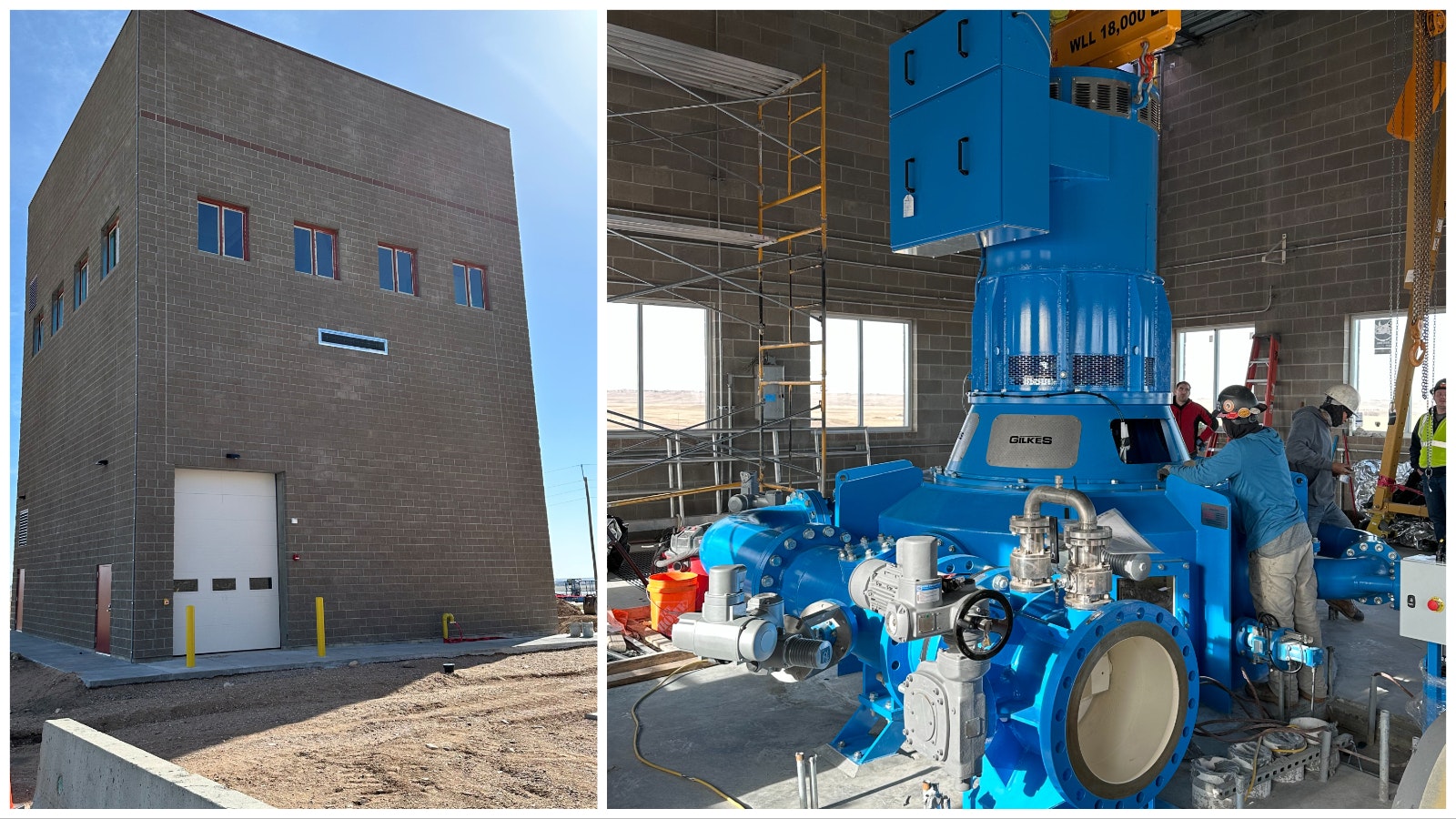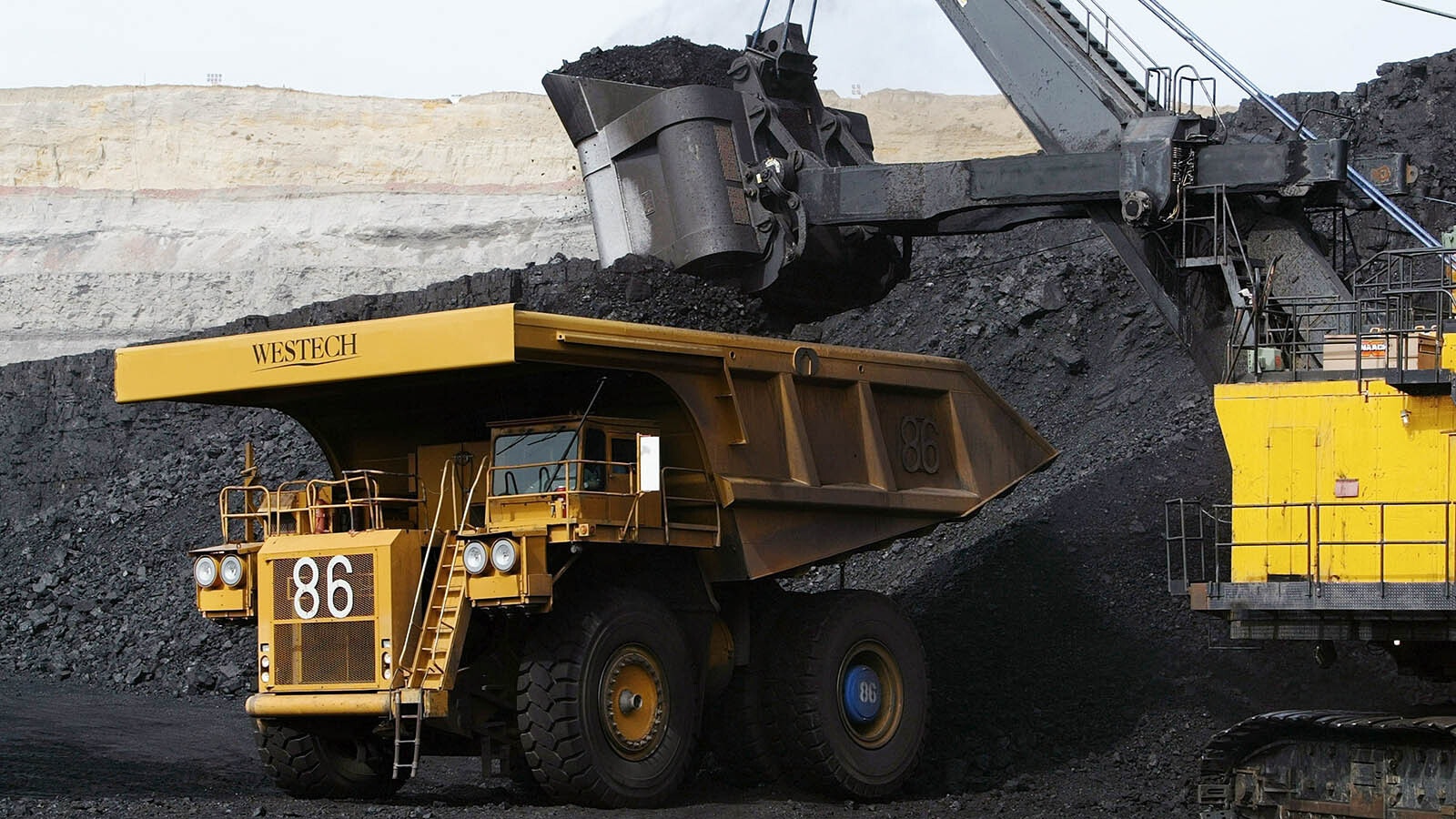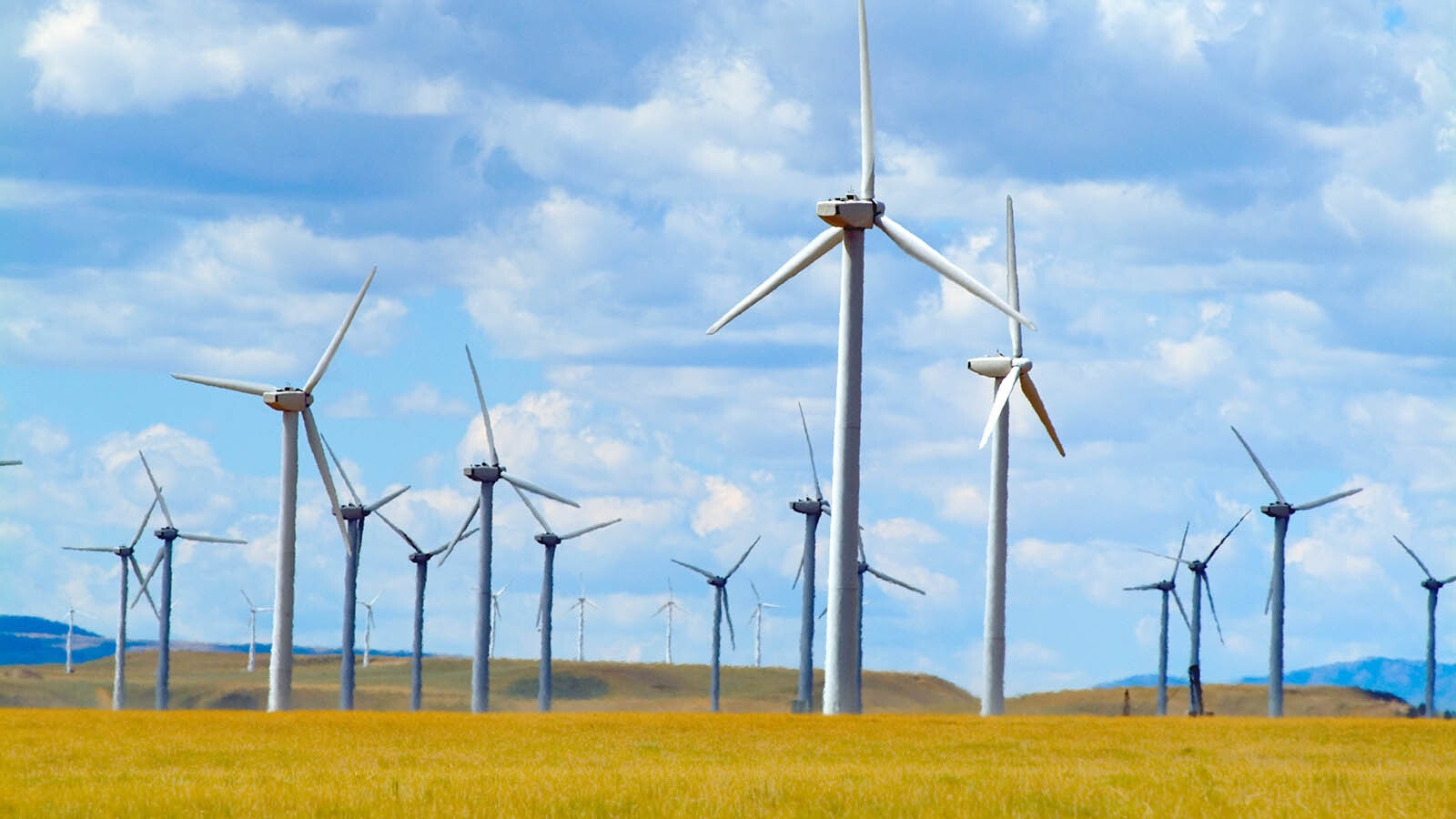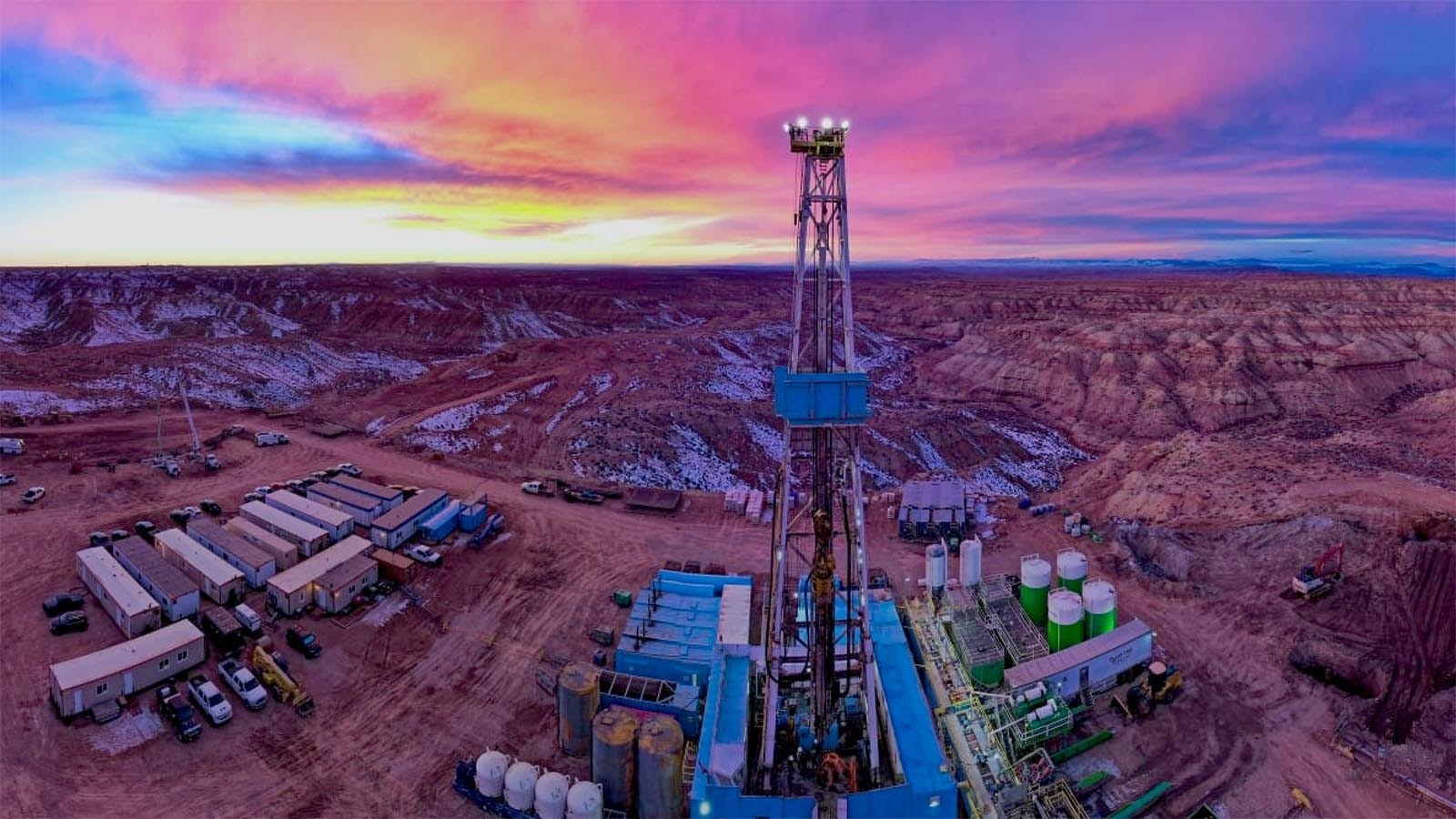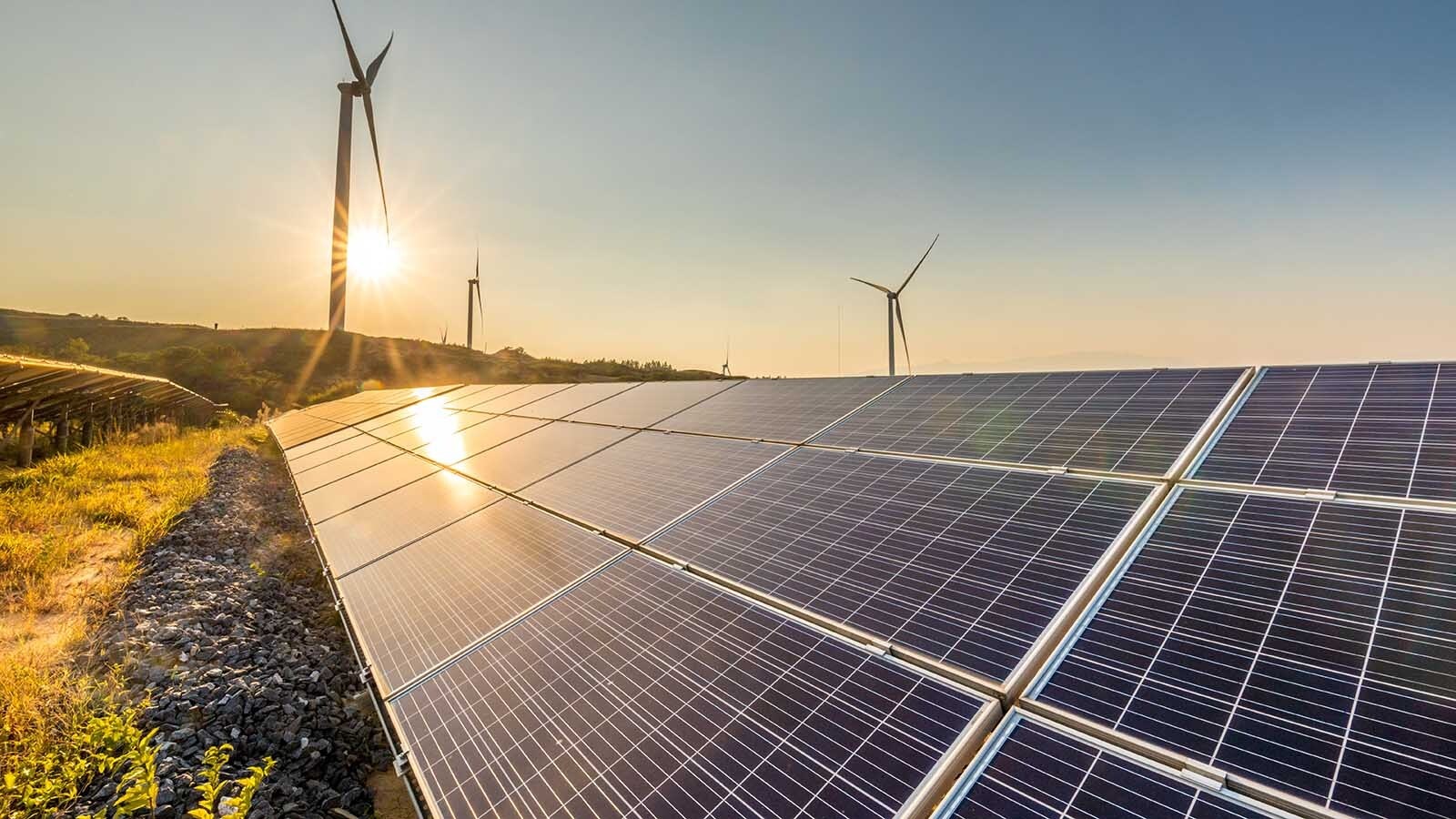A new hydroelectric facility at the Sherard Water Treatment Plant west of Cheyenne will provide up to 950 kilowatts of electricity. Run continuously at that rate for 30 days, it would be enough to power the average home for a month.
The energy will be used to power the treatment plant, and if there’s any leftover it will be sold back to the grid.
Small, Simple Design
Cheyenne Mayor Patrick Collins toured the facility this month and told Cowboy State Daily the project required an investment of $20 million.
“I had no idea what to expect. I just envisioned it to be a lot bigger than it is. It was impressive to me that something that small and simply designed would provide that much electricity,” Collins said.
Over the 50-year life of the generator, it will generate a net income between $31 million and $35 million, according to Erin Lamb, administrative and public affairs coordinator for the City of Cheyenne Board of Public Utilities (BOPU).
“I’m a little afraid of heights, so it was a little nerve-wracking for me, but I’m really impressed,” Collins said.
Surplus Power
The project was several years in development. In 2015, the City of Cheyenne, through the Board of Public Utilities, filed a notice of intent with the Federal Energy Regulatory Commission.
Construction started two years ago, and it’s nearing completion. The generator is powered by water flows from Cheyenne’s water supply coming into the plant.
Lamb said how much power depends on how much water flow there is coming into the plant, but the generator will typically produce between 350 and 950 kilowatts. The plant consumes 200 to 400 kilowatts, so the generator will create a surplus under most conditions.
Brad Brooks, BOPU director, told Cowboy State Daily the plant uses gravity and existing water pressure to provide a reliable, natural and clean power supply for the plant operations.
It “will also save the BOPU considerable electrical operation costs over the life of the project,” Brooks said.
Minimizing Opposition
Cities are looking into ways to utilize the flow of water through sewage and water treatment facilities to generate electricity, and companies are developing ways to use the flow of water through irrigation canals.
Large-scale dams often face a lot of local opposition over their impacts to the environment. A proposed 264-foot-high concrete dam near Medicine Bow received 950 public comments, the majority of which opposed the project.
The Medicine Bow project is for water storage, but hydroelectric dams receive the same scrutiny. Micro-hydro facilities, as they’re called, utilize existing infrastructure in smaller waterways and create less concern about environmental impacts.
Micro-Hydro
Georgia-based Emrgy has had one micro-hydro project in the Big Horn Basin. The company raised $18.4 million in private capital for its distributed hydropower projects. These turbines are deployed to produce a very small amount of electricity — between 2 to 25 kilowatts each.
A spokesperson for the company told Cowboy State Daily Emrgy installed a single turbine in the Heart Mountain Irrigation District system in 2021.
There’s potential for expansion in the Big Horn Basin, the spokesman said, which has an extensive irrigation canal system fed by the Shoshone River.
The company envisions deploying numerous modules in a waterway, so together, they can produce a significant amount of power.
However, since the modules would remove energy from the flowing water, it would slow its flow. The Associated Press reported that the company works with water operators to determine if the Emrgy turbines would be too disruptive to be useful in a particular irrigation system.
Up-Front Expense
Collins said there’s likely potential in other municipalities to construct similar hydroelectric plants at their water treatment facilities.
“It’s a little bit expensive up front, but over the life expectancy of the project, the savings are huge,” Collins said.
Kevin Killough can be reached at: Kevin@CowboyStateDaily.com

